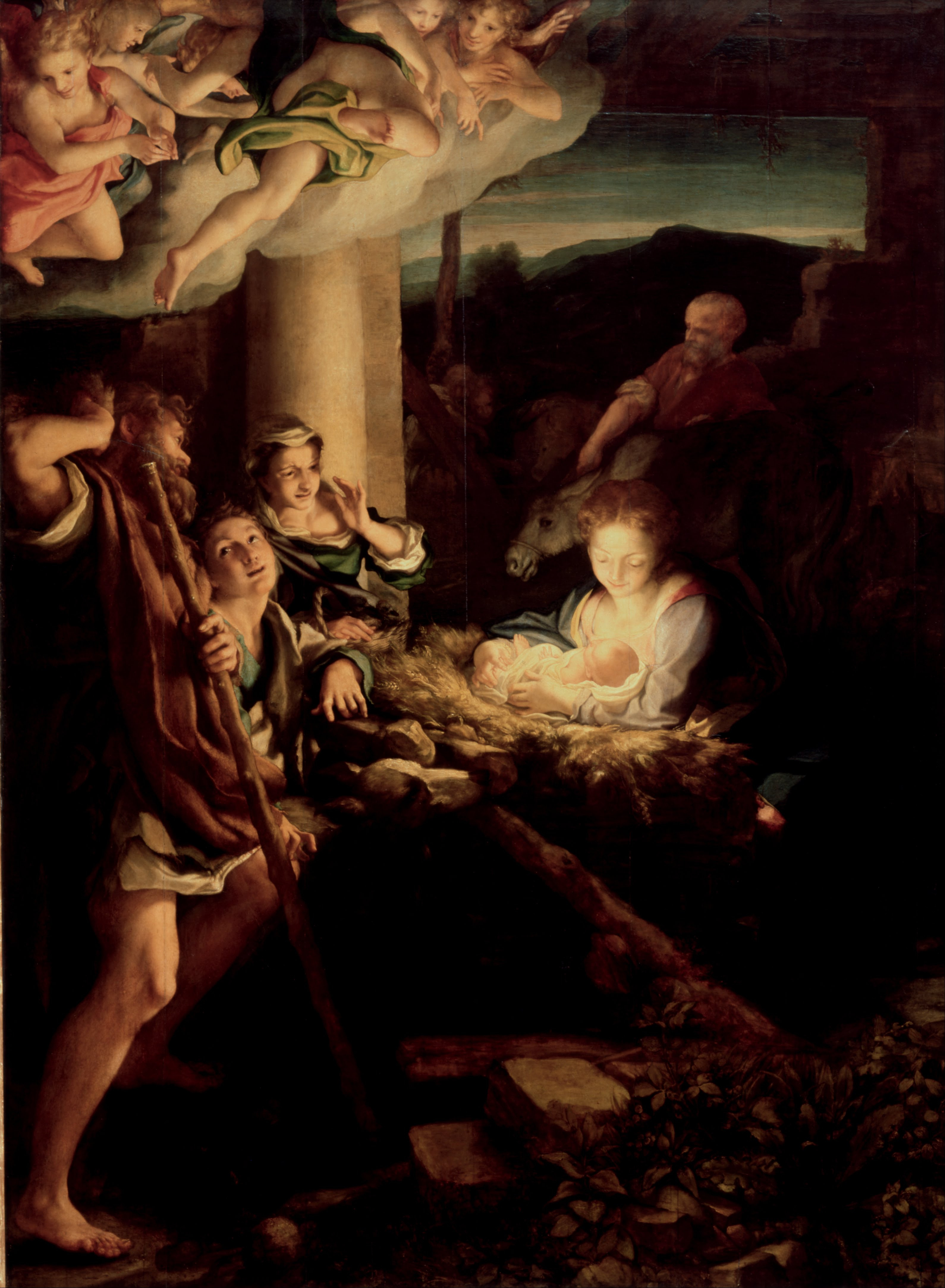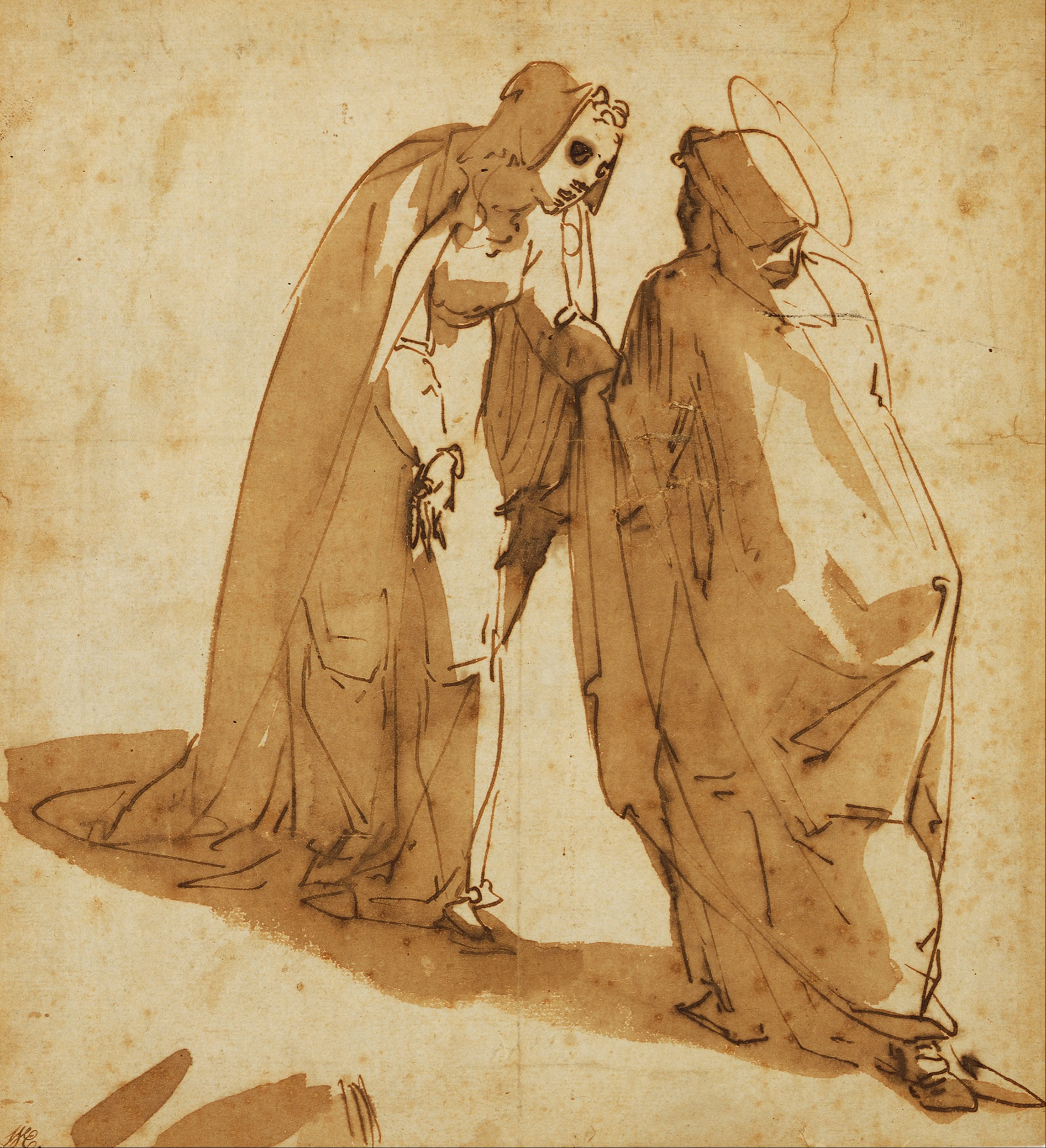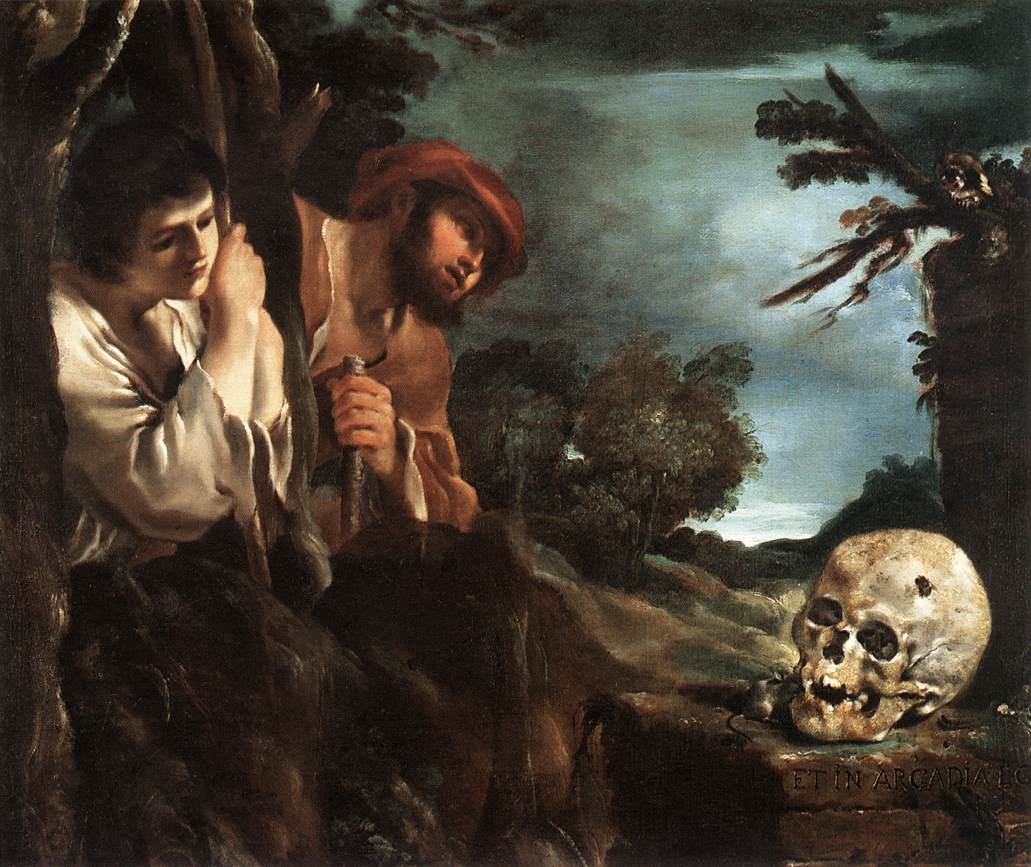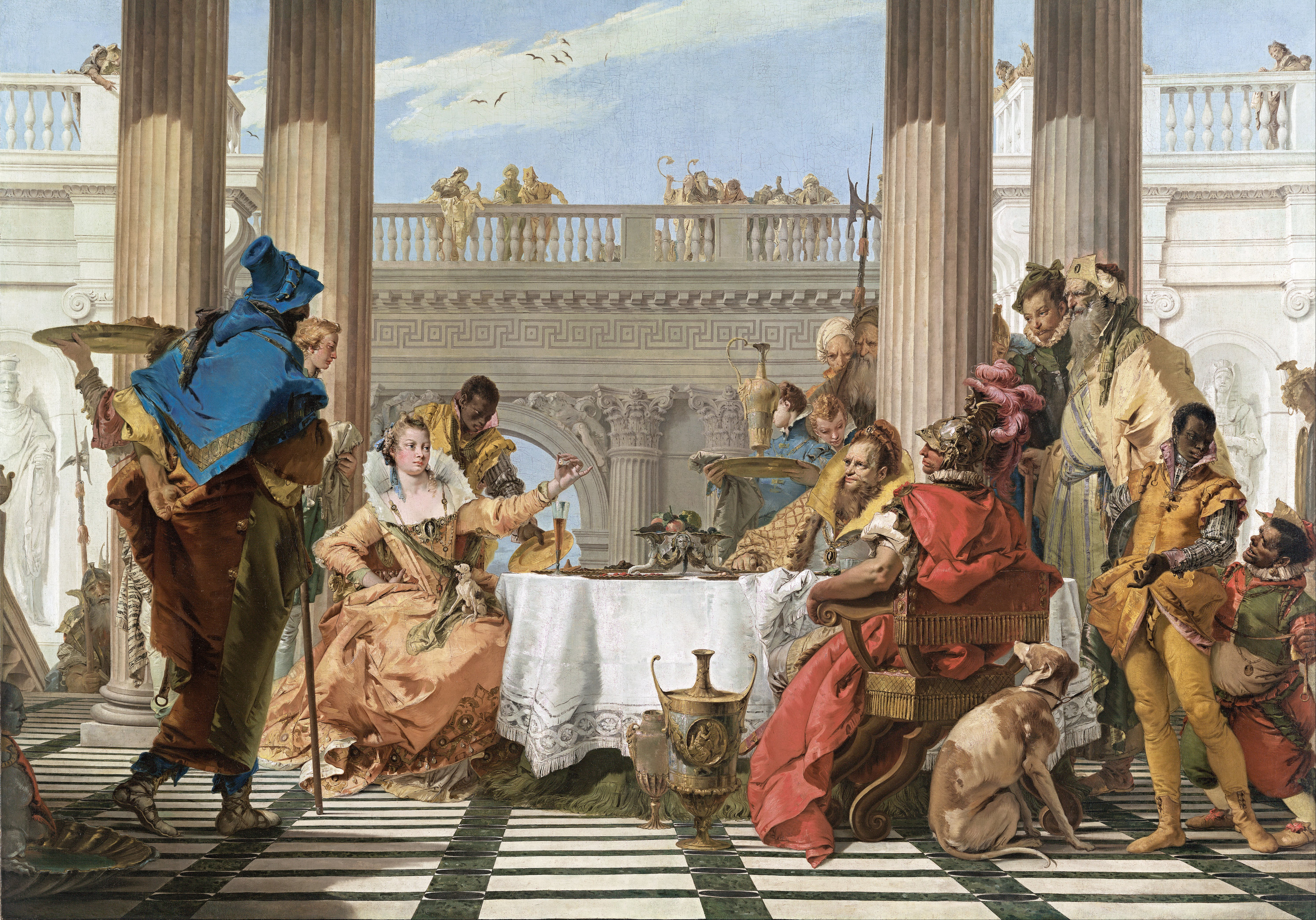|
William Suida
William Suida, born Wilhelm Emil Suida (April 26, 1877 – October 29, 1959) was an eminent Austrian art historian and art collector and "one of the greatest connoisseurs of Italian art."Antonio Morassi, "Obituary: William Suida," ''The Burlington Magazine'', Vol. 102, No. 689 (Aug., 1960), p. 371. He published books and essays in multiple languages about numerous artists and schools of art. He and his heirs amassed a large private collection that in 1999 was acquired by the Blanton Museum of Art in Austin, where many paintings from the Suida-Manning Collection are on permanent display. In Europe Suida was born in Neunkirchen, Austria, the son of Albert Suida and Bertha von Heim, a relative of Richard Wagner. His uncle was the art historian Henry Thode, with whom he studied in Heidelberg and under whom he wrote his dissertation, published in 1900 as ''Die Genredarstellungen Albrecht Dürer''. In 1902 he began a two-year residence in Florence as an assistant at the Deutsches Kuns ... [...More Info...] [...Related Items...] OR: [Wikipedia] [Google] [Baidu] |
Blanton Museum Of Art
The Jack S. Blanton Museum of Art (often referred to as the Blanton or the BMA) at the University of Texas at Austin is one of the largest university art museums in the U.S. with 189,340 square feet devoted to temporary exhibitions, permanent collection galleries, storage, administrative offices, classrooms, a print study room, an auditorium, shop, and cafe. The Blanton's permanent collection consists of more than 21,000 works, with significant holdings of modern and contemporary art, Latin American art, Old Master paintings, and prints and drawings from Europe, the United States, and Latin America. History The museum was founded in 1963 as the University Art Museum on the campus of the University of Texas at Austin. The University Art Museum was initially housed in the Art Department of the University of Texas (though supervision of the museum was later moved to the Office of the Provost) and was founded through the proceeds from the sale of land donated by Archer M. Huntington. ... [...More Info...] [...Related Items...] OR: [Wikipedia] [Google] [Baidu] |
Correggio
Antonio Allegri da Correggio (August 1489 – 5 March 1534), usually known as just Correggio (, also , , ), was the foremost painter of the Parma school of the High Italian Renaissance, who was responsible for some of the most vigorous and sensuous works of the sixteenth century. In his use of dynamic composition, illusionistic perspective and dramatic foreshortening, Correggio prefigured the Baroque art of the seventeenth century and the Rococo art of the eighteenth century. He is considered a master of chiaroscuro. Early life Antonio Allegri was born in Correggio, Italy, Correggio, a small town near Reggio Emilia. His date of birth is uncertain (around 1489). His father was a merchant. Otherwise little is known about Correggio's early life or training. It is, however, often assumed that he had his first artistic education from his father's brother, the painter Lorenzo Allegri (painter), Lorenzo Allegri. In 1503–1505, he was apprenticed to Francesco Bianchi Ferrara in Modena ... [...More Info...] [...Related Items...] OR: [Wikipedia] [Google] [Baidu] |
François Boucher
François Boucher ( , ; ; 29 September 1703 – 30 May 1770) was a French painter, draughtsman and etcher, who worked in the Rococo style. Boucher is known for his idyllic and voluptuous paintings on classical themes, decorative allegories, and pastoral scenes. He was perhaps the most celebrated painter and decorative artist of the 18th century. Life A native of Paris, Boucher was the son of a lesser known painter Nicolas Boucher, who gave him his first artistic training. At the age of seventeen, a painting by Boucher was admired by the painter François Lemoyne. Lemoyne later appointed Boucher as his apprentice, but after only three months, he went to work for the engraver Jean-François Cars.Alastair Laing. "Boucher, François." Grove Art Online. Oxford Art Online. Oxford University Press. Web. 16 June 2016 In 1720, he won the elite Grand Prix de Rome for painting, but did not take up the consequential opportunity to study in Italy until five years later, due to financi ... [...More Info...] [...Related Items...] OR: [Wikipedia] [Google] [Baidu] |
Rubens
Sir Peter Paul Rubens (; ; 28 June 1577 – 30 May 1640) was a Flemish artist and diplomat from the Duchy of Brabant in the Southern Netherlands (modern-day Belgium). He is considered the most influential artist of the Flemish Baroque tradition. Rubens's highly charged compositions reference erudite aspects of classical and Christian history. His unique and immensely popular Baroque style emphasized movement, colour, and sensuality, which followed the immediate, dramatic artistic style promoted in the Counter-Reformation. Rubens was a painter producing altarpieces, portraits, landscapes, and history paintings of mythological and allegorical subjects. He was also a prolific designer of cartoons for the Flemish tapestry workshops and of frontispieces for the publishers in Antwerp. In addition to running a large workshop in Antwerp that produced paintings popular with nobility and art collectors throughout Europe, Rubens was a classically educated humanist scholar and diplomat w ... [...More Info...] [...Related Items...] OR: [Wikipedia] [Google] [Baidu] |
Luca Cambiaso
Luca Cambiaso (also known as Luca Cambiasi and Luca Cangiagio (being ''Cangiaxo'' the surname in Ligurian); 18 November 1527 – 6 September 1585) was an Italian painter and draughtsman and the leading artist in Genoa in the 16th century. He is considered the founder of the Genoese school who established the local tradition of historical fresco painting through his many decorations of Genoese churches and palaces. He produced a number of poetic night scenes. He was a prolific draughtsman who sometimes reduced figures to geometric (even cubic) forms.Lauro Magnani. "Cambiaso, Luca." Grove Art Online. Oxford Art Online. Oxford University Press. Web. 14 Mar. 2016 He was familiarly known as Lucchetto da Genova. Life Cambiaso was born in Moneglia, then part of the Republic of Genoa, the son of a painter named Giovanni Cambiaso. Cambiaso was precocious, and at the age of fifteen he painted, along with his father, some subjects from Ovid's ''Metamorphoses'' on the facade of a house i ... [...More Info...] [...Related Items...] OR: [Wikipedia] [Google] [Baidu] |
Guercino
Giovanni Francesco Barbieri (February 8, 1591 – December 22, 1666),Miller, 1964 better known as Guercino, or il Guercino , was an Italian Baroque painter and draftsman from Cento in the Emilia region, who was active in Rome and Bologna. The vigorous naturalism of his early manner contrasts with the classical equilibrium of his later works. His many drawings are noted for their luminosity and lively style. Biography Giovanni Francesco Barbieri was born into a family of peasant farmers in Cento, a town in the Po Valley mid-way between Bologna and Ferrara.Mahon, 1937a Being cross-eyed, at an early age he acquired the nickname by which he is universally known, Guercino (a diminutive of the Italian noun '' guercio'', meaning 'squinter').Turner, 2003 Mainly self-taught, at the age of 16, he worked as apprentice in the shop of Benedetto Gennari, a painter of the Bolognese School. An early commission was for the decoration with frescos (1615–1616) of Casa Pannini in Cento, wher ... [...More Info...] [...Related Items...] OR: [Wikipedia] [Google] [Baidu] |
Simon Vouet
Simon Vouet (; 9 January 1590 – 30 June 1649) was a French painter who studied and rose to prominence in Italy before being summoned by Louis XIII to serve as Premier peintre du Roi in France. He and his studio of artists created religious and mythological paintings, portraits, frescoes, tapestries, and massive decorative schemes for the king and for wealthy patrons, including Richelieu. During this time, "Vouet was indisputably the leading artist in Paris,"Posner, Donald. "''The Paintings of Simon Vouet'' " (book review), ''The Art Bulletin'', Vol. 45, No. 3 (Sept., 1963), pp. 286–291. and was immensely influential in introducing the Italian Baroque style of painting to France. He was also "without doubt one of the outstanding seventeenth-century draughtsmen, equal to Annibale Carracci and Lanfranco." Career Simon Vouet was born on January 9, 1590, in Paris. His father Laurent was a painter in Paris and taught him the rudiments of art. Simon's brother Aubin Vouet was also ... [...More Info...] [...Related Items...] OR: [Wikipedia] [Google] [Baidu] |
Claude Vignon
Claude Vignon (19 May 1593 – 10 May 1670) was a French painter, printmaker and illustrator who worked in a wide range of genres.Paola Pacht Bassani. "Vignon, Claude." Grove Art Online. Oxford Art Online. Oxford University Press. Web. 2 November 2016 During a period of study in Italy, he became exposed to many new artistic currents, in particular through the works of Caravaggio and his followers, Guercino, Guido Reni and Annibale Caracci. A prolific artist, his work has remained enigmatic, contradictory and hard to define within a single term or style.Claude Vignon, ''The Repentant Saint Peter'' at Lempertz His mature works are vibrantly coloured, splendidly lit and often extremely expressive. Vignon worked in a fluent technique, resulting in an almost electric brushwork. He part ... [...More Info...] [...Related Items...] OR: [Wikipedia] [Google] [Baidu] |
Tiepolo
Giovanni Battista Tiepolo ( , ; March 5, 1696 – March 27, 1770), also known as Giambattista (or Gianbattista) Tiepolo, was an Italian painter and printmaker from the Republic of Venice who painted in the Rococo style, considered an important member of the 18th-century Venetian school. He was prolific, and worked not only in Italy, but also in Germany and Spain. Giovan Battista Tiepolo, together with Giambattista Pittoni, Canaletto, Giovan Battista Piazzetta, Giuseppe Maria Crespi, and Francesco Guardi are considered the traditional Old Masters of that period. Successful from the beginning of his career, he has been described by Michael Levey as "the greatest decorative painter of eighteenth-century Europe, as well as its most able craftsman." Biography ''The Glory of St. Dominic'', 1723 Early life (1696–1726) Born in Venice, he was the youngest of six children of Domenico and Orsetta Tiepolo. His father was a small shipping merchant who belonged to a family that ... [...More Info...] [...Related Items...] OR: [Wikipedia] [Google] [Baidu] |
Claude Lorrain
Claude Lorrain (; born Claude Gellée , called ''le Lorrain'' in French; traditionally just Claude in English; c. 1600 – 23 November 1682) was a French painter, draughtsman and etcher of the Baroque era. He spent most of his life in Italy, and is one of the earliest important artists, apart from his contemporaries in Dutch Golden Age painting, to concentrate on landscape painting. His landscapes are usually turned into the more prestigious genre of history paintings by the addition of a few small figures, typically representing a scene from the Bible or classical mythology. By the end of the 1630s he was established as the leading landscapist in Italy, and enjoyed large fees for his work. His landscapes gradually became larger, but with fewer figures, more carefully painted, and produced at a lower rate.Kitson, 6 He was not generally an innovator in landscape painting, except in introducing the sun and streaming sunlight into many paintings, which had been rare befor ... [...More Info...] [...Related Items...] OR: [Wikipedia] [Google] [Baidu] |










